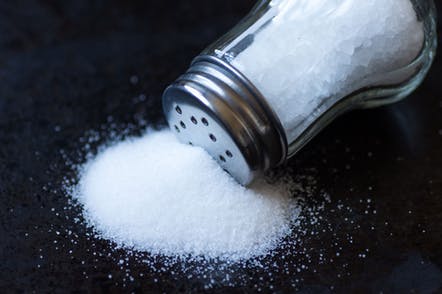by Nina Badoe, MD and Henry Tran, MD
Most American’s eat more sodium than is necessary. Many studies have shown that excess sodium intake can increase blood pressure (hypertension) which over many years increases the risk for heart attack, stroke, and heart failure.
A single teaspoon of table salt contains >2300 mg of sodium.
Can reducing sodium intake reduce heart disease?
A few trials such as the DASH-sodium diet have shown significant reductions in blood pressure in subjects who limited sodium intake to less than 2,4000 mg.
Are salt substitutes a good option?
Salt substitutes often mix potassium chloride with regular table salt (sodium chloride). Excessive potassium intake in patients with impaired kidney function could be dangerous…
Recommendations
Based on the 2013 ACC/AHA Guidelines, people with hypertension or at right for hypertension are recommended to eat less than 2,400mg of sodium a day. Furthermore, people who can reduce sodium to less than 1,5000 mg/day can expect further reductions in blood pressure and cardiovascular risk.
For the most part, foods naturally do not have much sodium. So if you can eat fresh foods, you will easily avoid eating too much sodium. Processed and manufactured foods often have sodium added to improve flavor and mask the taste of the canning process. Here’s a list some common foods and it’s sodium content:
Common Foods and Sodium Content
* USDA National Nutrient Database
| Food Item | Sodium (mg) |
| Bacon (1 oz) | 398 |
| Cheddar Cheese (1 cup) | 850 |
| Egg, whole, fresh | 71 |
| Digiorno Pizza cheese topping, 1 slice | 1274 |
| 1 hotdog, beef | 567 |
| Mango, raw, 1 cup | 2 |
| Milk, 1% low fat | 143 |
| Potato Chips, BBQ flavor, 1 oz | 756 |
| McDonald’s Big Mac | 960 |
| Velveeta Mac N Cheese, 1 cup | 880 |
